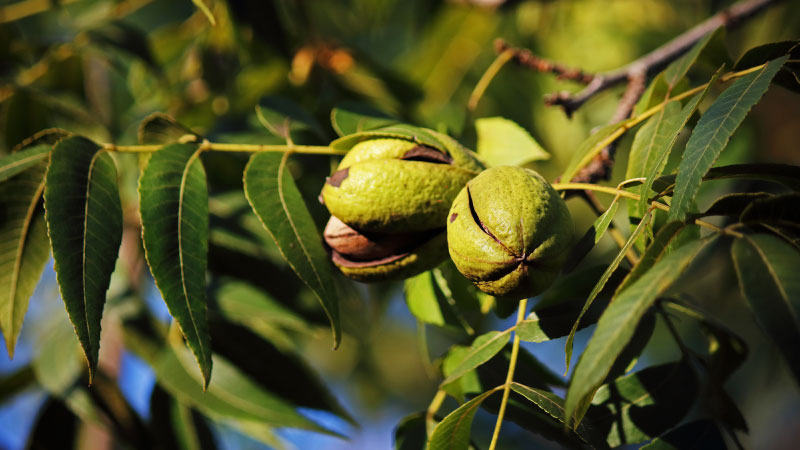Why You Should Be Trialing New Vegetable Varieties
Every year toward the end of summer, American Vegetable Grower editors are lucky enough to get the chance to attend seed trials hosted by some of the nation’s top seed breeders and distributors. It’s great for us in two ways: It’s an opportunity for us to learn more about this side of the business that’s so valuable to you, and we’re able to share this exclusive coverage with you to help you improve your business.

We know selecting varieties that perform well is no simple task. Many factors go into determining which varieties will work best for your operation. Whether it’s your climate, disease pressure, customer needs, etc., there’s a lot to consider before landing on that “perfect” high-performing variety.
Our goal is to make this process easier for you. We aim to be a trustworthy source of information on what’s new and improved in the world of vegetable seed; however, picking up the magazine and flipping through our variety trial coverage is only the first step in your journey toward yielding a quality crop.
An article posted on Johnny’s Selected Seeds’ website offers some great reference points to help you get the best out of your seed trial experience (http://bit.ly/1p3VA5x). One of the first questions asked in regard to trialing new varieties is “Why change?” Excellent point. If what you’re doing is working for you in terms of performance, customer satisfaction, and so on, why switch it up and risk losing what you’ve worked so hard for?
According to the article, the answer is simple: “There is always something new.” Breeders are constantly evaluating and developing new varieties for improved taste, performance, appearance, and disease and pest resistance packages. Trialing new varieties is akin to taking a leap of faith, but it’s the only way you’ll ever be able to make a potentially huge gain, and be known as the operation that grows the “best tasting tomatoes” or the “sweetest sweet corn.”
The author also mentions the need to think about your needs and problems on a crop-by-crop basis, and suggests making a list of your pain points, and to think about what you’d like to do better the following season. For example, if you have a variety that tasted great, but was highly susceptible to a certain disease, write it down, and at the end of the season, evaluate and prioritize what enhancements you’d like to make.
Because trialing new varieties can be a lengthy process, it’s important to make sure your approach is methodical and streamlined so as to not waste your time or your money.
As mentioned, pinpointing your objectives before you begin that process is key. It will help you narrow down the traits you need to improve on for each specific crop.
Fortunately for you, this is where the information from the seed trials in our November cover story will come in handy. Click here to see the coverage, and jot down some notes. You never know: your next superstar variety might be just around the corner.









